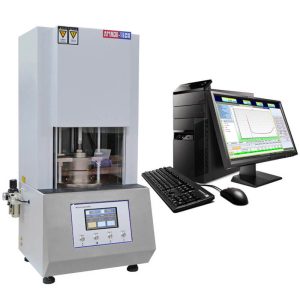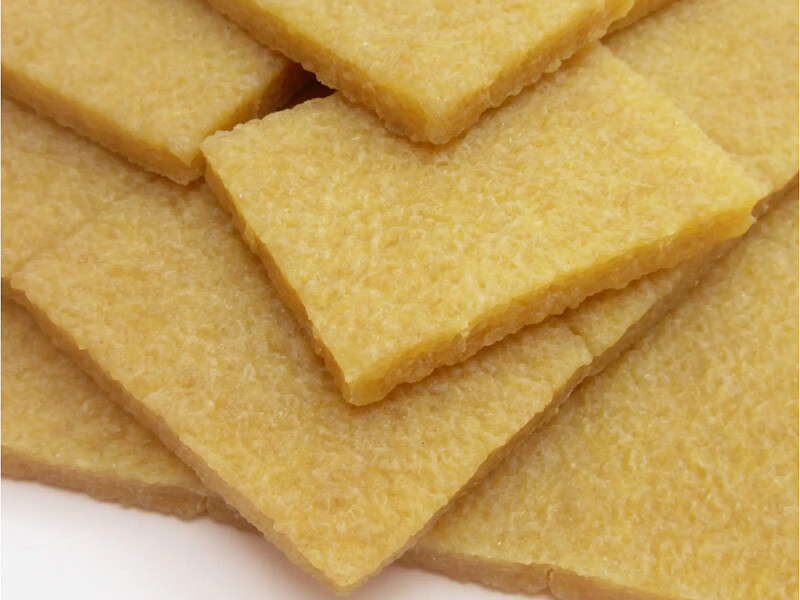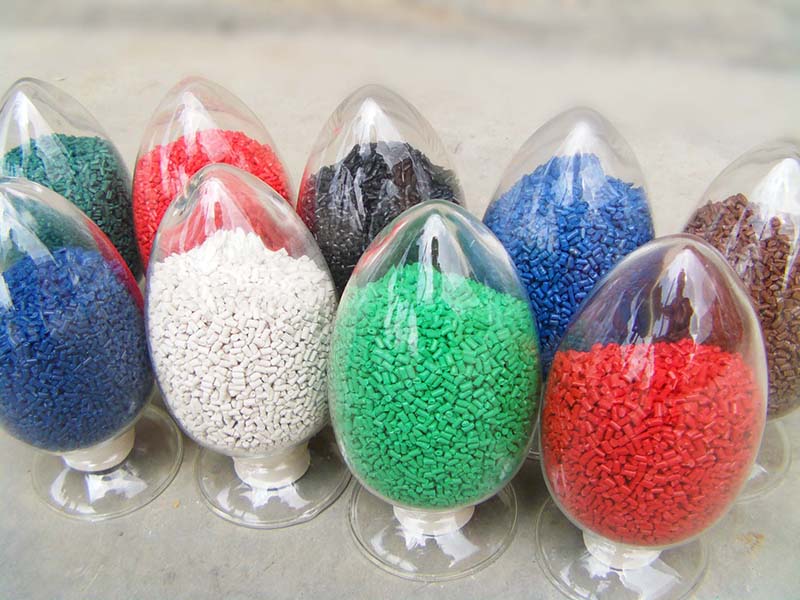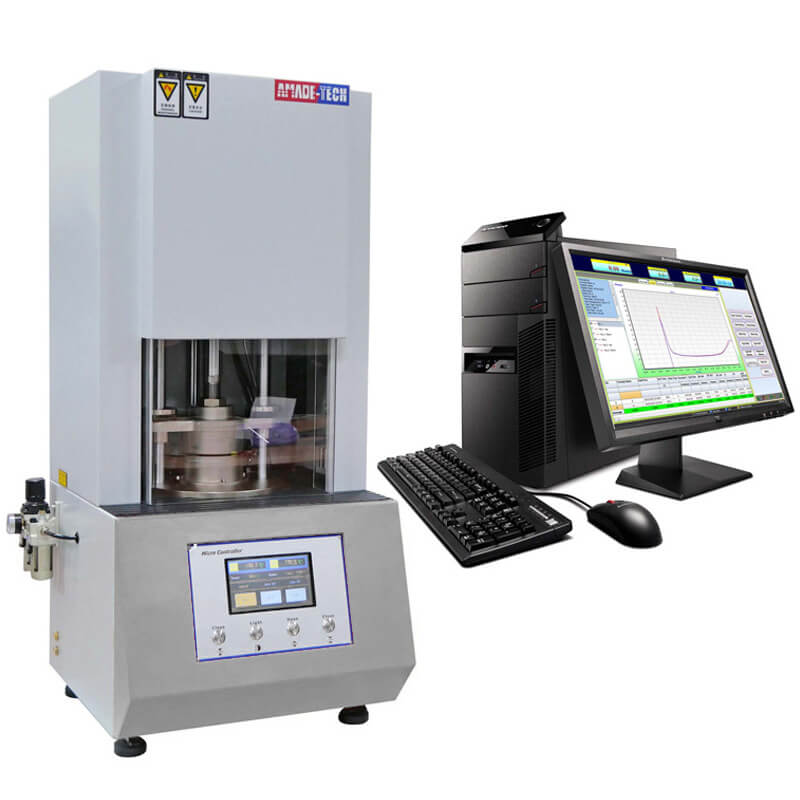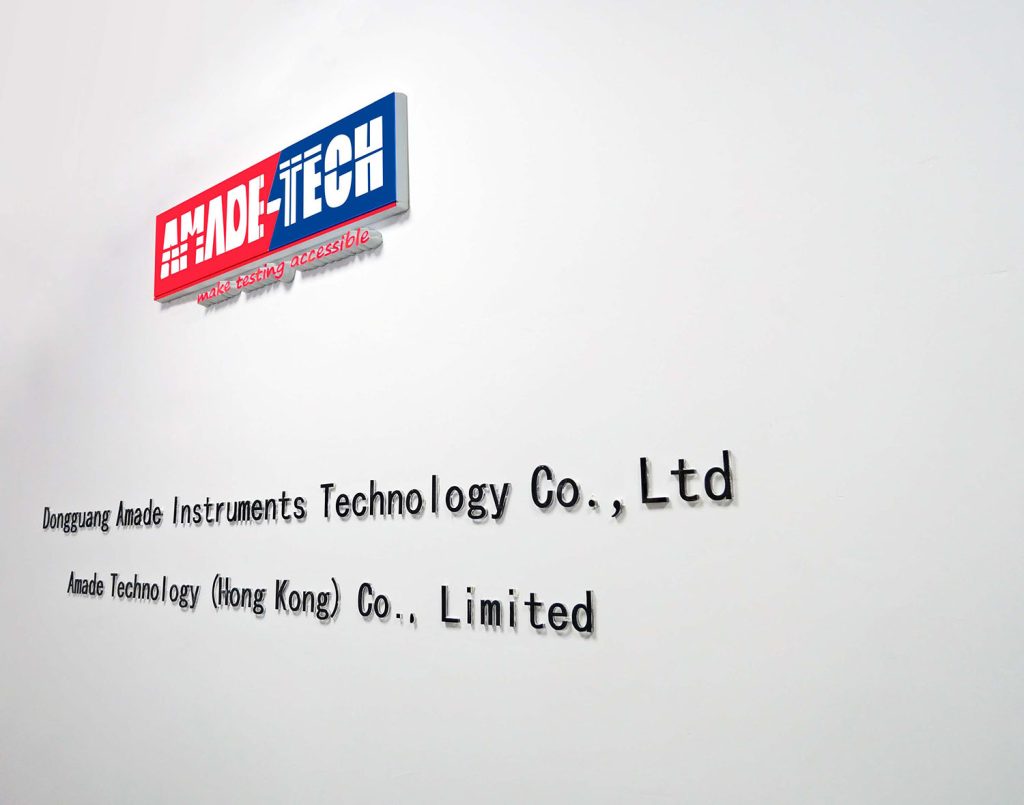What Does Plasticizing Natural Rubber Means?
The most valuable property of rubber is its high elasticity. However, this valuable property of natural rubber brings great difficulties to the processing and production of products. If the elasticity of natural rubber is not reduced first, most of the mechanical energy will be consumed in elastic deformation during the processing, and the various shapes people need cannot be obtained. For this reason, natural rubber needs to be mechanically processed, heat treated or added with certain chemical additives to transform it from a strong elastic state to a soft and easy-to-process plastic state. This process of using mechanical energy or thermal energy to break the long-chain molecules of natural rubber and turn them into a molecular structure with a smaller molecular weight and a shorter chain length, and finally transforming it from an elastic state to a plastic state is called natural rubber plastication or mastication.
Importance of Plasticizing Natural Rubber
- The increased plasticity of natural rubber is conducive to the mixing and uniform dispersion of compounding agents during mixing.
- After plasticizing, natural rubber can improve the fluidity of the rubber, facilitate calendering and extrusion operations, and stabilize the shape and size of the rubber blank.
- After plasticizing, natural rubber can increase the adhesion of the rubber and facilitate molding operations.
- After plasticizing, natural rubber can improve the solubility of the rubber in the solvent, facilitate the manufacture of rubber slurry, and reduce the viscosity of the rubber slurry, making it easy to penetrate into the fiber holes and increase adhesion.
- Plasticizing can also improve the mold filling of the rubber, making the pattern of the model product full and clear.
Of course, the plasticity of natural rubber is not the greater the better. Excessive plasticity will reduce its physical and mechanical properties. Our principle is to have the smallest plasticity while meeting the requirements of process processing.
Key Test Methods for Evaluating Natural Rubber Plasticity
Plasticity is the main indicator for identifying the quality of plasticized rubber. There are two commonly used core testing methods: compression method and rotational torque method.
Compression Method
Compression method is the main method for measuring plasticity in rubber production because of its simple operation and accurate test. Commonly used methods include Williams method and Wallace method. The biggest disadvantage of compression method is that the cutting rate of the sample during measurement is relatively low. For example, the cutting rate of Williams method is <1s-1, which is far from the actual production.
-
Williams method
The testing principle of this method is to evaluate the plasticity by the height change of the sample after a certain period of time at a constant temperature and a constant load. During the measurement, a cylindrical sample with a diameter of 16 mm and a height of 10 mm is preheated at (70±1)°C for 3 minutes, and then at this temperature, a 5KG load is added between two parallel plates. After compression for 3 minutes, the load is removed, the test piece is taken out, and it is placed at room temperature for recovery for 3 minutes. Then, the plasticity of the sample is calculated based on the compression deformation of the sample height and the deformation recovery after the load is removed.
In the formula,
P — the plasticity of the sample
h0 — the original height of the sample, mm
h1 — the height of the sample after 3 minutes of compression, mm
If the material is an absolute fluid, then
h2 = h1 = 0, P = 1.
If the material is an absolute elastic body, then
h2 = h0, P = 0.
Since rubber is a viscoelastic material, the plasticity calculated by this formula should be between 0 and 1. The larger the value, the greater the plasticity. In order to simplify the plasticity test, some people directly use the value of h1 to indicate the softness of the rubber compound (usually in units of 1/100mm). The smaller the h1 value, the greater the plasticity.
-
Wallace Method
The basic principle of this method is the same as that of Williams method. The plasticity is expressed by the change in the thickness of the plasticized rubber sample under fixed positioning, fixed load and fixed time. During the measurement, a rubber sheet with a thickness of about 3 mm is punched out to produce a sample with a diameter of about 13 mm and a constant volume of (0.4 ± 0.04) cm3, and then placed in a instrument. The test temperature is (100 ± 1)° C. Then the pressure plate is quickly closed, the sample is pre-pressed to 1 mm, and after preheating for 15 seconds, a load of 10 kg is applied. For the second 15 seconds, the reading indicated by the thickness gauge is the plasticity of the plasticized rubber. The entire operation time is only 30 seconds. It is stipulated that 0.01 mm represents 1 unit of plasticity. If the thickness gauge measures the sample thickness to be 25 mm, it means that the Wallace plasticity is 25. The larger the Wallace value, the smaller the plasticity.
Mooney Viscosity Method
This method uses a Mooney viscometer to measure the plasticity of plasticized rubber. The test principle is that the standard rotor wrapped in the rubber rotates at a constant speed (usually 2 rpm) in the die cavity under a certain temperature, time and pressure. The shear resistance of the rotor is related to the change in the viscosity of the sample, and this shear resistance torque is defined as the Mooney viscosity. The measurement result is expressed in Mooney viscosity. The Mooney viscosity value varies depending on the test conditions, so the test conditions must be indicated. It is usually expressed as ML(1+4) 100°C, where M represents Mooney viscosity and ML(1+4) 100°C represents the torque value measured when a large rotor (diameter 38.1 mm) is preheated at 100℃ for 1 min and rotated for 4 min. The measurement value range of the Mooney viscosity method is 0 ~ 200. The larger the value, the greater the viscosity, that is, the smaller the plasticity.
Mooney viscosity reflects the viscosity of the rubber under specific conditions and can be directly used as an indicator to measure the rheological properties of the rubber. However, due to its slow measurement speed (rotor speed is 2r/min) and low shear rate, it can only reflect the rheological properties of the rubber at low shear rates.
The Mooney viscosity method is quick and simple, and the dynamic fluidity it represents is close to the actual process conditions. In addition, it can also easily measure the scorch time of the rubber and timely understand the processing safety of the rubber. Therefore, this method is widely used in scientific research and production.
Instruments used to Evaluate Natural Rubber Plasticity
Williams Parallel-plate Plastometer
The Williams Parallel-plate Plastometer is a vital instrument used in the assessment of the plasticity of rubber materials. This device consists of two parallel plates that can be adjusted to control the gap between them, allowing for the precise measurement of the flow properties of rubber under pressure and temperature in the oven. By applying pressure to the rubber sample placed between the plates and monitoring its deformation, the plastometer provides valuable data on the material’s behavior in terms of mastication and plasticity. This information is crucial for ensuring the quality and performance of rubber products in various applications.
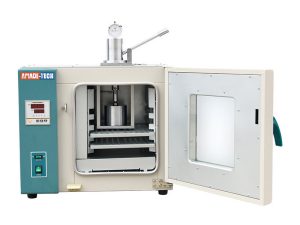
Wallace Rapid Plastimeter
The Wallace Rapid Plastimeter is a key instrument utilized in the evaluation of the plasticity of natural rubber. This device operates by subjecting a sample of the rubber material to a specific level of pressure and temperature, measuring the resulting deformation and flow characteristics. By analyzing the data obtained from the plastimeter, manufacturers and researchers can master the material’s mastication properties and plasticity, crucial for subsequent mixing and optimizing the formulation. The Wallace Rapid Plastimeter plays a significant role in quality control processes and research endeavors within the rubber industry, aiding in the development of high-quality and durable rubber materials for various applications.
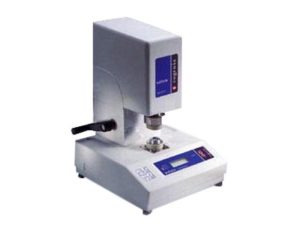
Mooney Viscometer
The Mooney viscometer is a valuable tool in the rubber industry for assessing the viscosity of natural rubber and curing characteristics of rubber compounds. This instrument measures the torque required to rotate a rotor in a test sample of rubber inside the die cavity during testing. By monitoring the changes in torque over time, the Mooney viscometer provides insights into the material’s processing behavior, curing properties, and overall quality. With the data obtained from this instrument, manufacturers can master the plasticity of the natural rubber, fine-tune their rubber formulations, optimize processing parameters, and ensure the consistency and performance of their rubber products. The Mooney viscometer is a trusted device in rubber laboratories, playing a crucial role in research, development, and quality control efforts in the rubber industry.
Summary
The evaluation of the plasticity of natural rubber is a critical aspect of ensuring the quality and performance of subsequent rubber processing. By utilizing key test methods such as the compression method and the Mooney viscosity method, manufacturers and researchers can gain valuable insights into the flow and workability properties of natural rubber. The corresponding test instruments discussed in this blog post—the Williams Parallel-plate Plastometer, Wallace Rapid Plastimeter, and Mooney viscometer—play a crucial role in accurately measuring and analyzing the plasticity of rubber materials. Through the precise evaluation of rubber plasticity, stakeholders in the rubber industry can optimize formulations, enhance process efficiency, and meet the evolving needs of customers in a wide range of industries. Embracing these advanced test methods and utilizing reliable instruments is instrumental in driving innovation and quality within the rubber sector.


